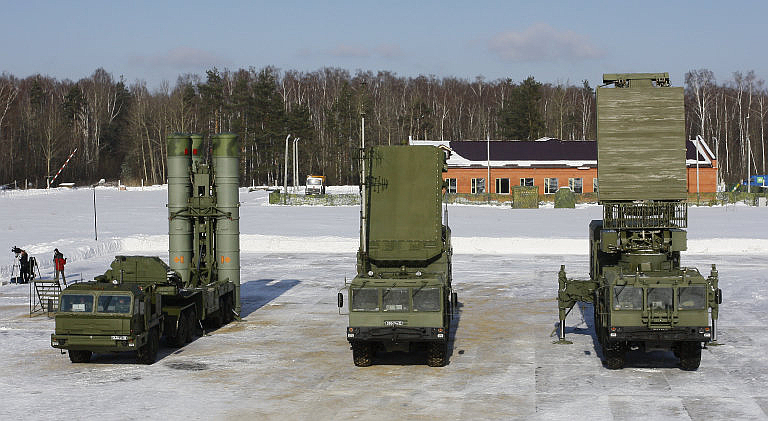Could a system such as Koral be made more 'compact' - i.e. small enough to easily truck around along with an armoured formation? I'm thinking, with its range it could be useful in messing up enemy SHORAD, thereby giving our own CAS assets (e.g. helicopters) some room to operate over enemy tanks. Though 100km is pretty good range, should offer enough of a buffer between it and a tank battle.
Depends on the compactness of the power system and electronics. Moreover, the bigger the aperture.. the better it catches the signals. The F-22 is possibly the best RWR system in the world because its entire body is essentially a RWR system.
KORAL effective range is 150KM
S-400 is 250KM to 400KM
while no plane or missile can get close to S-400 I would bet a Su-24/30/34 with KH-31P would get close enough to KORAL to destroy it
That is factually and scientifically impossible if the S-400 is on its own. As a standalone system the S-400 is pretty easy to kill due to basic geography and effects of it on electromagnetic waves by simply flying nap of the earth and killing it.. and it is these tactics of PAF pilots that prompted the Indians to add the Aerostat radars to monitor those below their surface radar coverage.
As part of a IADS however, it is a deadly system

















